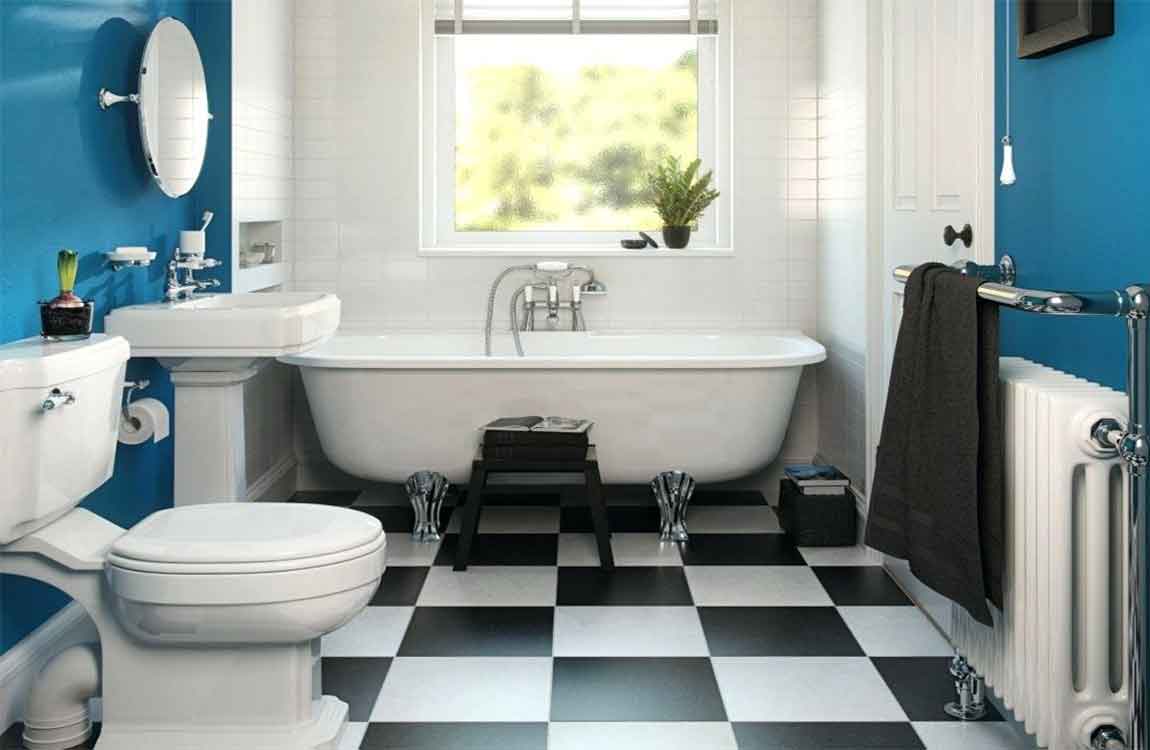How Adding New Caulk a Bathtub?

Purchase caulk made for use in bathrooms that is formulated for the type of tub you have. Hardware stores sell a variety of different types of caulk, so pick one that is for kitchens and bathrooms, or “tub and tile”. Caulk for bathtubs comes in either silicone or acrylic latex forms, and the best type to use depends on the material of your bathtub.

For fiberglass bathtubs, silicone caulk is usually the best to use. It comes in a limited color palette and is difficult to smooth, yet is very flexible.
For ceramic tubs, acrylic latex is recommended. It is easier to clean up that silicone and comes in many different colors, yet will need to be replaced slightly sooner than silicone caulk.

Lay down strips of painter’s tape to get clean edges. Place strips of painter’s tape just above all of the edges where you will apply the caulk. Next place parallel strips just below where the caulk will be, leaving a thin gap between the 2 strips. The gap in between these strips will be the width of the caulk.

Although it depends on your style of the bathtub and edging, the gap between the painter’s tape strips is normally around 0.375 inches (0.95 cm). Load the application gun with the caulk tube. Cut the tip off the caulk tube at a 45-degree angle. Push the stick on the application gun through the nozzle of the caulk tube to break the seal.

Then place the caulk tube into the application gun, with the nozzle in the notched end of the gun. Hold the application gun loaded with caulk at a 45-degree angle from the edging. This means that the gun will be at an equal distance from either side of the corner where the caulk will go. The nozzle will be very close to the seam.








